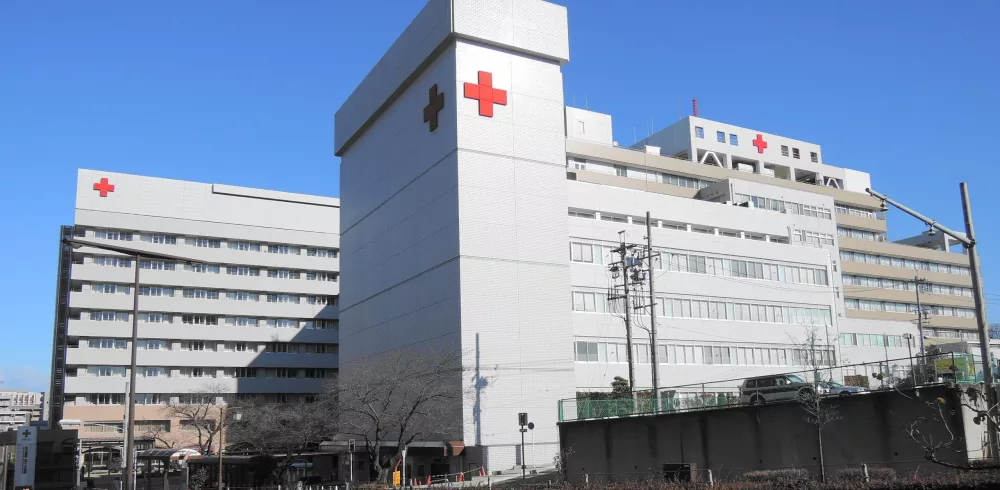Hospital safety comes down to a safety culture, starting from the people in charge of running the building and branching out to everyone surrounding them. Since April 1st 2016, Patient Safety has become part of NHS Improvement Scheme meaning that it is now more closely monitored and risks are more widely communicated throughout hospitals before they become serious.
As part of this new initiative the NHS have launched a new National Patient Safety Alerting System (NaPSAS), which has begun to publish data on ânever eventsâ and âkeep patient safetyâ indicators by hospital on My NHS. This was launched by the Patient Safety Collaborative who also developed an initiative with the Health Foundation to recruit a network of 5,000 Patient Safety Fellows. So, work is definitely being done to improve patient safety, but thereâs rarely any focus on the safety of staff and for overall hospital safety to improve â and there needs to be a good balance of both.
The balance, safety for staff and safety for patients is a simple concept. Overwork staff and theyâll make mistakes that will have an impact on patients, whereas make life easier for staff and the patients will be in safer hands.
Promoting a culture of safety
If hospital staff work in an environment where a culture of safety isnât at the forefront of their working lives, then itâs likely that things will be overlooked. Hospitals that place high importance on staff safety are less likely to have a high incident rate because safety is aligned with professionalism in the workplace.
Introduce performance indicators
If records of incidents are kept safe and accounted for, this means that hospitals can collate data and see where they need to improve in the long run. Safety policies need to be reviewed and updated regularly to remain effective.
Improve patient handling
Moving patients can be one of the most physically demanding aspects of the job in the day-to-day life of a nurse, especially with now over 63% of the UK population classed as obese. There need to be enough staff on shift in case there is the requirement for more than one nurse to move a patient. Hospital beds also need to be made easier to manoeuvre with high-quality caster wheels, click here for more information on how mobility can transform the safety in a hospital.
Improve staff rotas
One of the many challenges facing the NHS and healthcare system in general is the desperate need for more staff. The challenge is that labour costs are low and there just arenât enough qualified people to fill the vacancies. When hospital teams become understaffed, employees are overworked and the risk to safety is massively increased. For more students to be tempted to train as a nurse, the NHS need to improve their overall reputation as a safe and effective company to work for, and this needs to begin at management level.
Manufacturing & Engineering Magazine | The Home of Manufacturing Industry News













